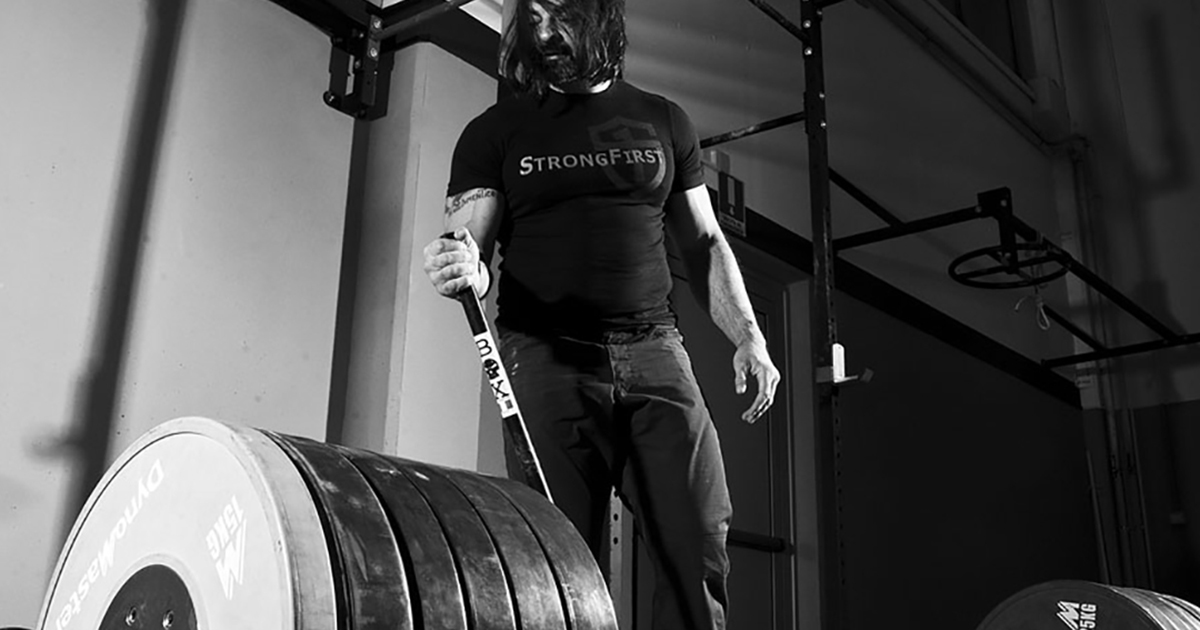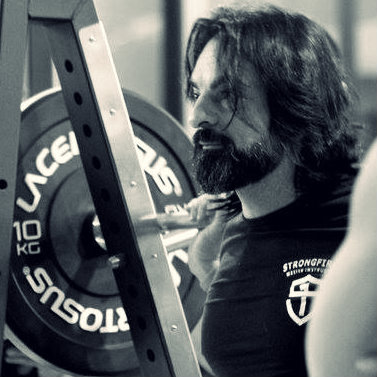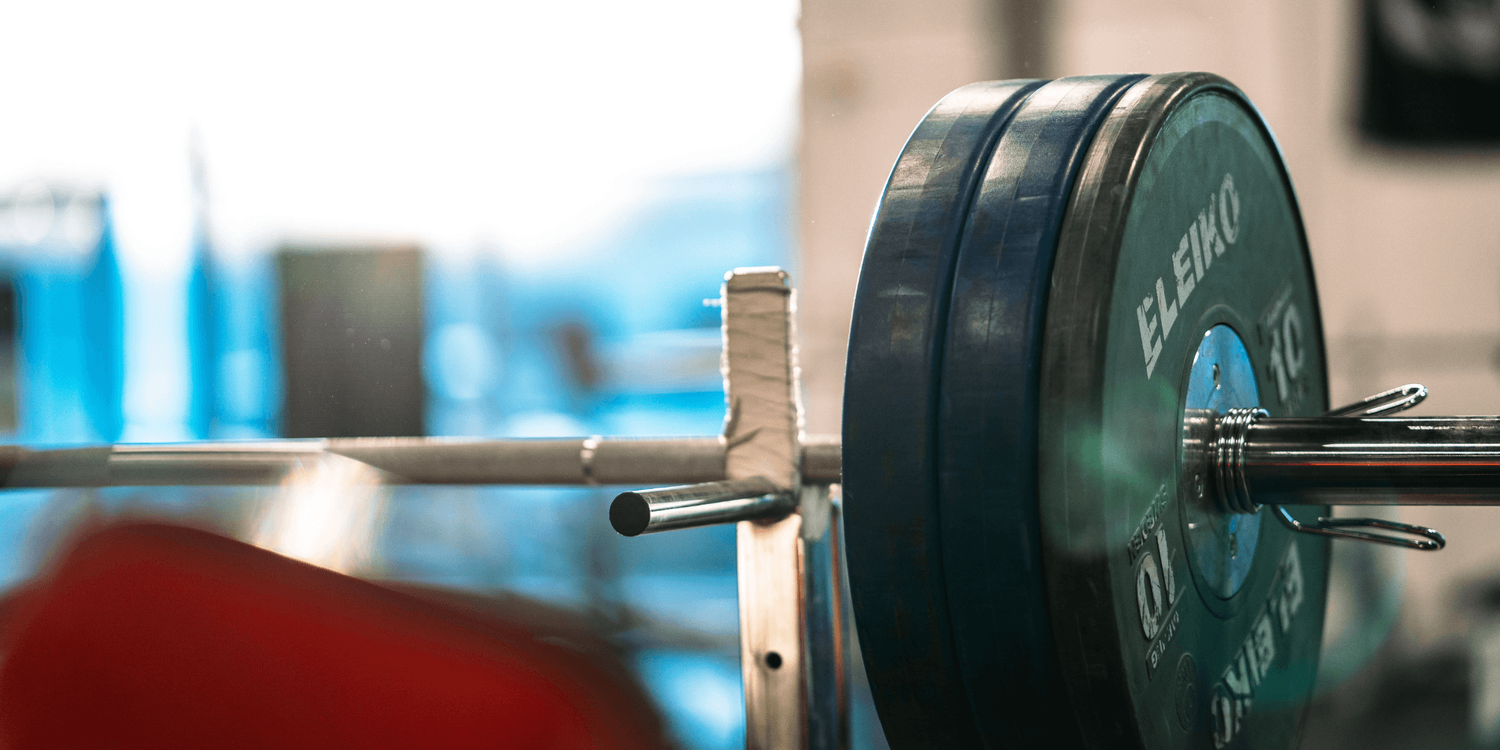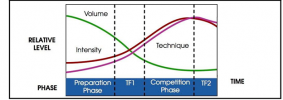Fatigue
This is a sign that you are not recovering.
Random Order
Changing the order of the exercise while maintaining the same Training Load/Intensity is not going to reduce the fatigue.
Recovery is needed.
Waviness
This may be what your mean...
,,,"A type of training where volume and intensity go up and down, either weekly or daily, within the training period."
Undulating periodization is a type of training where volume and intensity go up and down, either weekly or daily, within the training period.

www.opexfit.com
The effectiveness of this approach is based on how well a program is written and followed.
The fluctuation between work loads and intensity provide short term gains.
Periodization Training
Periodization Training is a Cyclical p+Progressive l+Loading Plan.
1) Linear Periodization Training
This blog will explain the principles that drive planning, periodization, cycles, and phases to help improve the effectiveness of your program.

blog.nasm.org
This is an effective plan.
"...Adding weight (load) to a given exercise each training session until that 4- or 8-week block is completed."
Blocks
View attachment 21481
This method is often broken down into Strength Block; which focus on one type of Strength such as...
a) General Perparedness Preparation
b) Hypertrophy Training
c) Maximum Strength Training
4) Power Training
The benefit of these Training Blocks is it allows an indvididualn totally focus one particular Strength.
This immersion and total focus accelerates gain in the particular Strength being Trained.
2) Undulating Periodization Training
This appears to be what you may mean by "Waiveness", Undulating.
3) Non-Linear Periodization Training
"Nonlinear periodization changes in training volume and intensity are made more frequently."
That means a Training Cycle is changed around every three weeks.
I am a proponent of Conjugated Non-Linear Periodization Training,
Conjugated meaning different type of Strength are Trained in the same Cycle; such as Maximum Strength, Power, and Hypertrophy.
Large Jumps
1) Warm Ups
Many individual turn Warm Up into a full blown workout; performing too many Repetition and taking small Weight Jumps.
Doing so, ensure their Top Set (the most productive) is less than it could be or should be.
The key is to perform the least amount of work (Repetition and Weight) for your Warm Up.
This ensure have more Strength for you Top Set.
2) Weekly Progressive Loading Increases
A New Perioidization Training Program should start with a Light, Easy Load after finishing another Periodizating Training Program.
Doing so, elicits...
Active Recovery
The lighter load in a Movement increase blood flow to the muscles; delivering nutritent and eliminated metabolic waste from the pervious Periodization Cycle.
Recover is where gain in Strength and Size, dependent your Training Program, occurs. Recovery defuses fatigue.
Fatigue is is a sign of OverReaching (short term OverTraining).
Continuing to push it once OverReaching has occured lead to OverTraining.
OverReaching
The final week of a Periodization Training Cycle needs to be pushed to the limit or near to it.
Then a New Training Cycle is begun that allows for Recovery.
OverTraining
This occurs when you continue to push your Training in a OverReached, fatigue state.
Your gain stall and eventually you go backwards.
Wound Healing
This medical term applies to Strength Training.
The greater the trauma to the body, the longer it takes to recover. This is what OverTraining is.
The less tramua to the body, the quicker it recoverys. This is what OverReaching is.






